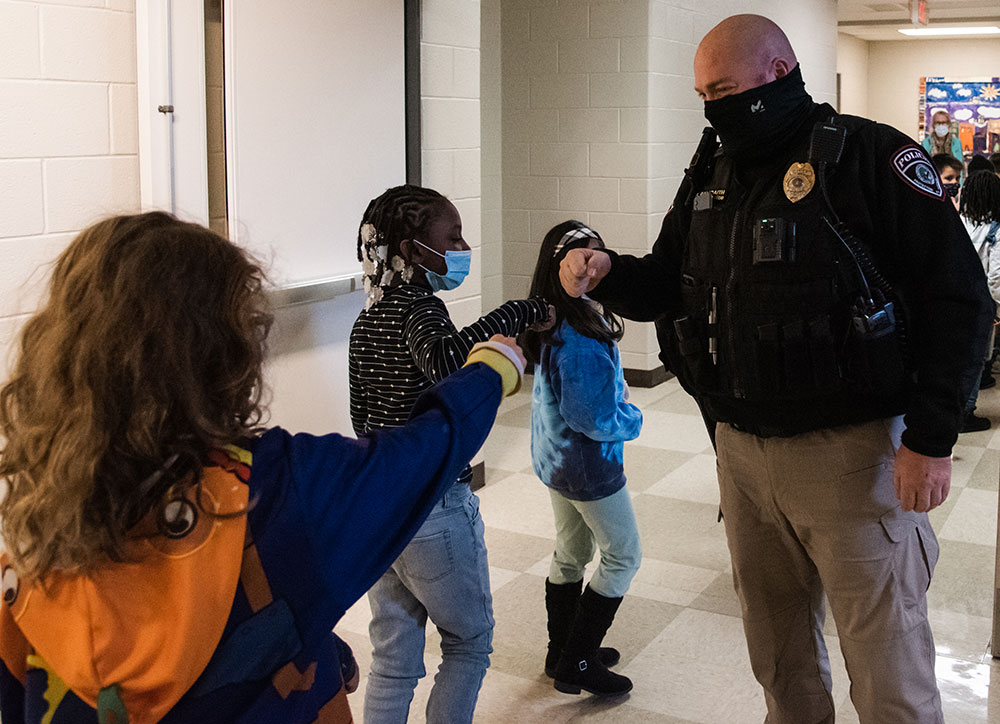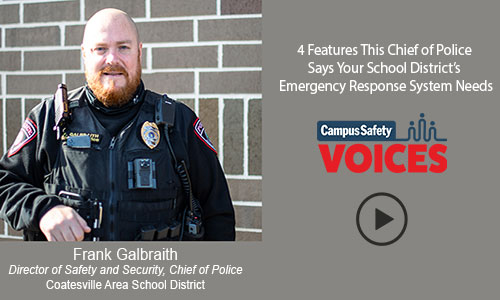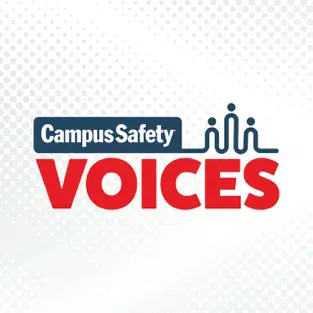THORNDALE, Penn. — There are a wide variety of incidents that can be classified as emergencies. Some involve violence while others involve medical issues or mental health crises. Some require police involvement while others do not. No matter the type of incident, it’s undeniable that schools and districts benefit from and need to have an emergency response system.
Five years ago, Frank Galbraith, director of safety and security and chief of police for the Coatesville Area School District, set out to purchase and install an emergency response system. Galbraith was looking for a system that was user-friendly, covered all types of incidents, could be used for other operations outside of emergencies, and enabled collaboration with local law enforcement.
The system he landed on, Sielox, is based on the Federal Emergency Management Agency’s (FEMA) old green and red card system in which, during an emergency, teachers would slide a green card under their classroom door if they were safe or a red card if they weren’t (3:40).
“It’s a color-coded system so there are several colors. We have the green and the red clearly for emergencies and we have a blue color if there is a medical emergency, an orange if there is a disturbance in a classroom that doesn’t require police but an administrator needs to come up,” described Galbraith, who is a 2022 Campus Safety Director of the Year finalist. “Our faculty and staff can hit that color anonymously, sends an alert — whether an email or a text message — and within minutes, somebody is responding to that classroom.”

Coatesville Area School District’s Director of Safety and Security and Chief of Police Frank Galbraith greets students at an elementary school.
In a tumultuous time where there is an ongoing debate on police in schools and understandable concerns for and repercussions of schools being over-policed, having the capability to categorize emergencies is a priority for Galbraith (7:50).
“As far as school policing, we stay out of administration’s way and we don’t handle any kind of discipline issues,” he said. “For me, we’re there to protect our students inside the building from the outside world. We don’t police our students and that’s one of the things I pride myself on and our department — the relationships we’ve built with the student and the faculty and staff.”
[promo_content slug=”2022-campus-safety-director-of-the-year-winner-announcement-at-csc”]
Tips for Choosing an Emergency Response System
When selecting an emergency management system, Galbraith highly recommends choosing one that is straightforward and easy to use for anyone, no matter their comfortability with technology. One way to ensure faculty and staff are prepared to use the system during a real emergency, says Galbraith, is to use it for non-emergency purposes as well.
“Every day, [staff] have that system open — they start their day with it — and we use that system for attendance as well,” Galbraith said. “We use it for normal, everyday operations.”
This familiarity with the system proved helpful when the district moved to remote learning early in the pandemic (8:51). When teachers returned to the classroom, Galbraith gave a five-minute refresher on the system and normal operations were resumed.
From a police perspective, a system that allows Galbraith and his department to collaborate with local police was also a must. Users can upload school blueprints into the system and share them with local police when aiding in an emergency (6:37).
“As our first responders are heading in, we have our 9-1-1 dispatchers saying, ‘Hey Room 323 is showing red, we think our intruder is on this side of the building.’ That way, we can direct law enforcement into that particular area,” said Galbraith.
During our discussion, Galbraith also talked about some of his other accomplishments, including:
- How he created a district incident command team (10:50)
- How he taught himself to write grants, securing nearly $400,000 in funding for the school district (14:15)
- Advice he has for other districts applying for federal grant money (18:00)
Watch the full video interview here or listen on the go by clicking on the Apple or Spotify icons below.









